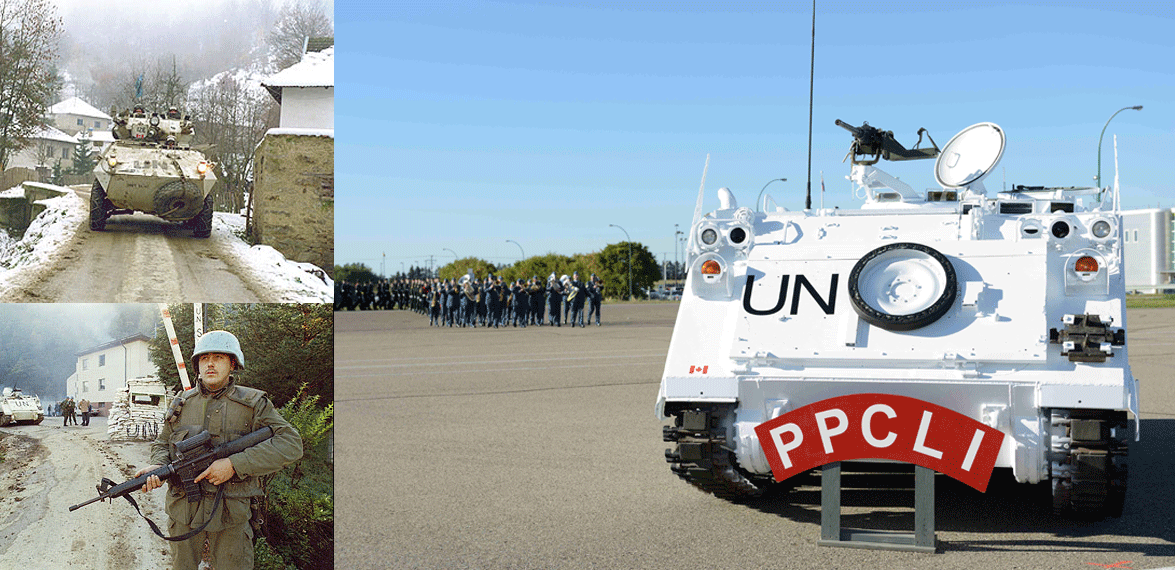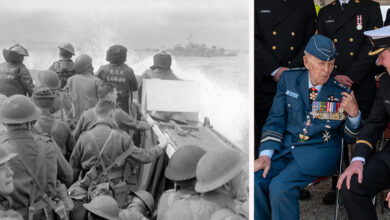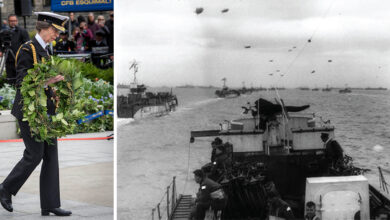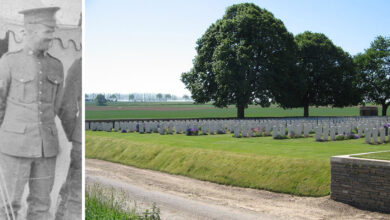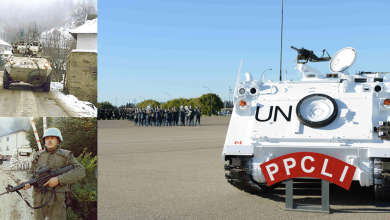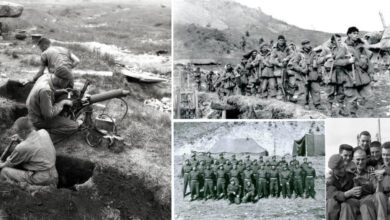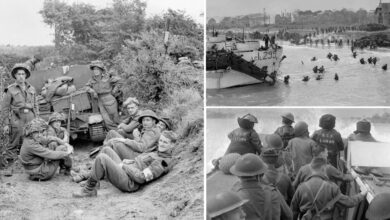History
The Battle for Medak Pocket
This week marks the 27th year members of the 2nd Battalion of the Princess Patricia’s Canadian Light Infantry (PPCLI) Battle Group were forced to take part in a combat-like operation while serving on peacekeeping operations in the Balkans.
Known as Operation Medak Pocket, the operation had lasting ramifications for those that served during this time.
The Takeaway
“The takeaway from a military perspective from all of this was that regardless of the appearance of the situation on the ground: if it seems to be fairly passive, if agreements are made and it seems everyone is conforming to them, the best way to ensure our own military forces are effective, but also safe, is to ensure that they’re strong, capable fighting units so that if they do have to defend themselves they can,” said Dr. Jim Mckillip, historian with the directorate of History and Heritage, Department of National Defence.
The Incident
In 1993, between Sept. 9 to 17, the battle group was deployed to the Balkans as part of the UN Protection Force. Their mission was to demilitarize the area and protect civilians, mainly around Croatia.
The breakup of Yugoslavia led to unspeakable bloodshed and violence in all parts of the former Soviet block.
“Within the military, people were aware of what had happened. There was some tension between the public portrayal of operations there, as something more passive, and what military people knew to be going on, Dr. Jim Mckillip, historian with the directorate of History and Heritage, Department of National Defence
Because of the rising frictions between ethnic groups, and the atrocities that were to unfold, the mission in the Balkans became much more than just a peacekeeping mission for the Canadian troops deployed there.
As tensions continued to escalate the 2nd Battalion was asked to relocate to stabilize the south sector of Croatia.
On Sept. 9, 1993, the Commanding Officer of the 2nd Battalion, LCol. James Calvin and his troops were faced with heavy fire in an area known as Medak Pocket.
The fighting continued for several days until LCol. Calvin secured a ceasefire agreement on Sept. 13 with the Croatians.
The agreement included that the Croatians return to their positions before fighting broke out.
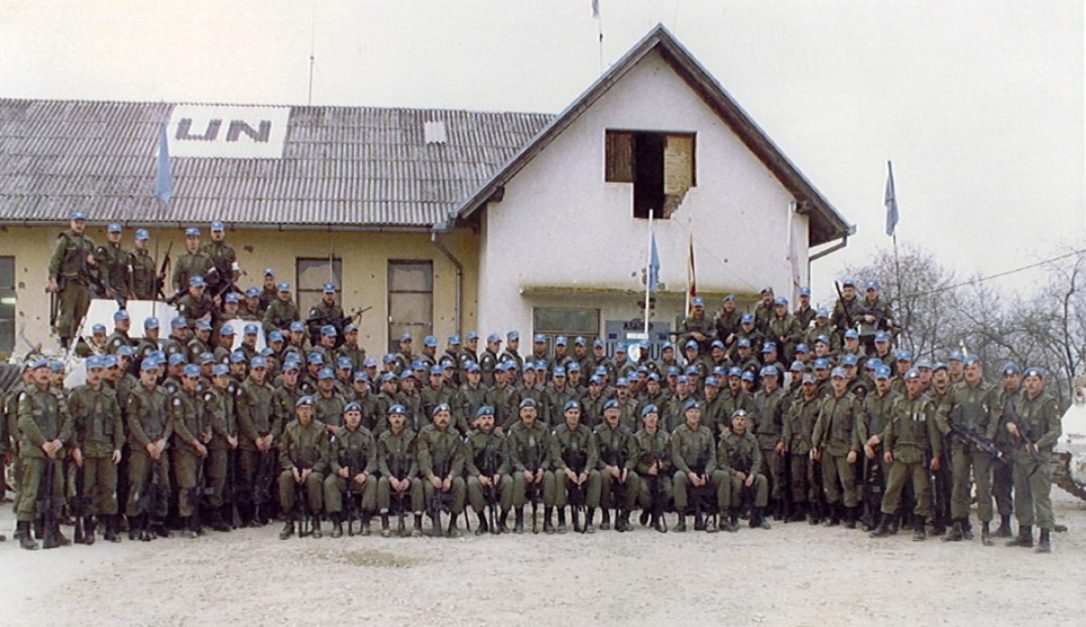
However, the agreement did not last long, and Canadians were met with heavy fire once again on Sept. 15. Four Canadians were wounded during the fight.
Not only were the Canadian soldiers met with heavy fire, but they also witnessed signs of the ethnic cleansing taking place at the hands of the Croatians.
Once it became clear that the Croatians would not respect the agreement, LCol. Calvin gathered international reporters so the world could witness the atrocities taking place. The Croatians then backed down.
“Within the military, people were aware of what had happened. There was some tension between the public portrayal of operations there, as something more passive, and what military people knew to be going on,” noted Mckillip.
Operation Medak Pocket had many far-reaching implications both in the CAF and for the individuals who served there.
Needless to say witnessing the atrocities of ethnic cleaning left deep-rooted wounds on the CAF members who served there, many of whom returned with Post Traumatic Stress Disorder.
Canada’s Forgotten Operation Remembered
Additionally, because of other major operations taking place on the international stage, what happened in Medak Pocket was not recognized, and it became Canada’s forgotten operation.
It wasn’t until a decade later that Operation Medak Pocket was recognized. In 2002 those who fought in the operation were awarded the Commander-in-Chief unit commendation.


